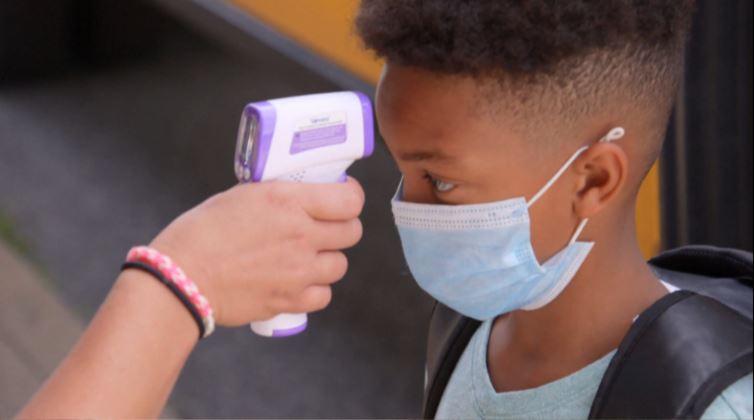Due to the COVID-19 pandemic, back-to-school has been difficult for most students, but it can be an even bigger challenge for some who live with intellectual, mental or emotional challenges.

As Manitoba students get used to wearing masks and staying socially distanced in the classroom, a local foster parent who works with schools on strategies to help kids with intellectual challenges says the changes can be confusing.
“A lot of our kids with complex trauma or brain differences or learning difficulties — they act out in ways that are confusing to us,” said Tom, who has worked in Manitoba schools for two decades and is only being identified by his first name to help protect children in care.
Tom told 680 CJOB that for kids who take their cues from people’s facial expressions, the wearing of masks can be a barrier — as can social distancing for those who rely on touch.
“Every single behaviour has a reason, and with our kids who have complex trauma, for example, the reason they misbehave is because of rewiring in the brain that makes them extra alert.

Get weekly health news
“Some kids seek out touch, other kids are touch-averse because of trauma in their past. I think the biggest message we can promote is to have empathy and understanding and compassion for all kids, regardless of how they’re behaving — understanding the behaviour is not the child.”
Tom said his hope is that parents and educators will think creatively about how to address some of these difficulties to make the pandemic a little easier on all students this school year.
If a child can’t see a teacher’s smile and has trouble connecting due to a mask, the teacher could wear a face shield — or learn about the importance of eye contact, tone of voice, and the speed with which they talk, he said.
“Our kids can’t always communicate what’s going on inside of them. If we’re facing a reality, there has to be some creative hope we can give our kids.
“Our kids need structure and routine so they understand what’s happening and what’s going on around them and what to expect — but then they also need that nurturing side that comes alongside them and helps them through.”














Comments